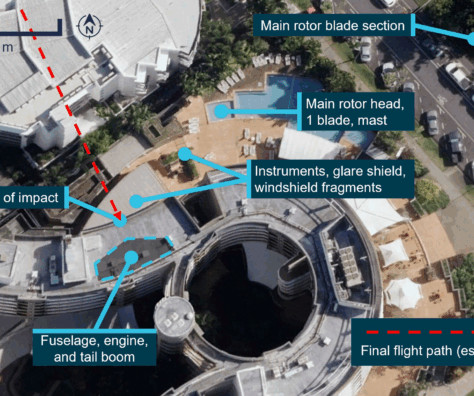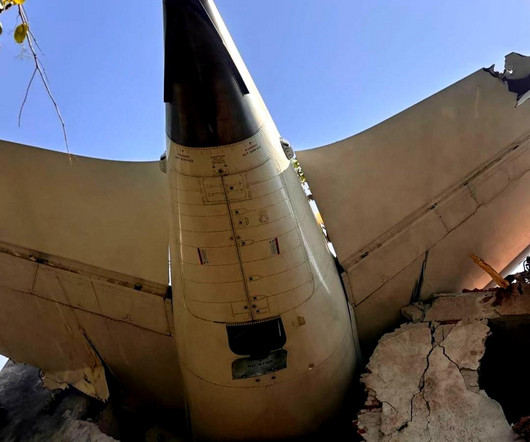Going Up and Going Down
Plane and Pilot
JULY 2, 2025
However, excess propulsive thrust, over that needed to maintain level flight, can be utilized to either increase speed or climb to a higher altitude. This climb speed is determined by minimizing the two sources of drag acting against the airplane. Although optimum, V Y is simply in the middle of a fairly broad lift-over-drag curve.


















Let's personalize your content